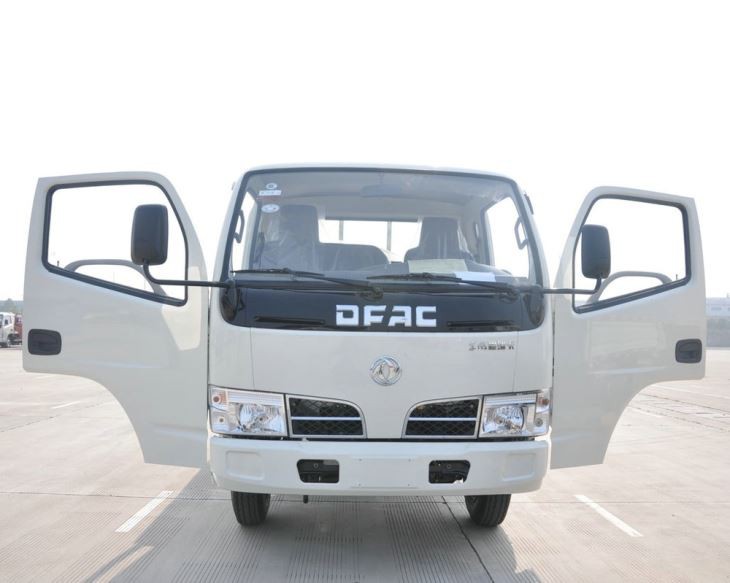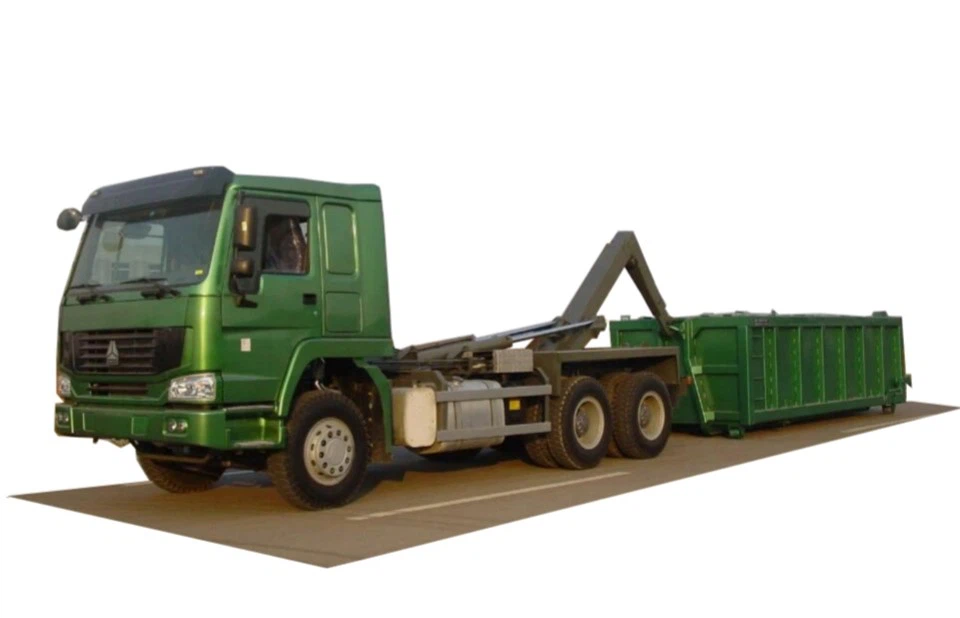New Refuse Trucks for Sale: A Comprehensive Guide

Choosing the right refuse truck is crucial for waste management operations, ensuring efficiency and effectiveness. With advancements in technology and design, new refuse trucks offer various features that enhance performance and reduce operational costs. This article provides an in-depth look at new refuse trucks for sale, covering their types, key features, purchasing considerations, and frequently asked questions.
Types of Refuse Trucks
Understanding the different types of refuse trucks is essential for selecting the right one for your needs. Here are some of the most common types:
1. Front Loader Trucks
Front loader trucks are designed for easy access to dumpster units. They come equipped with a front lifting mechanism that allows the driver to lift and dump waste containers quickly.
Advantages
- High lifting capacity
- Efficient for commercial waste collection
- Time-saving operation
2. Rear Loader Trucks
Rear loader trucks have a rear opening for waste collection. Operators can load refuse into the truck from the back, making them popular for residential waste collection.
Advantages
- Economical option
- Simple design for easy maintenance
- Suitable for narrow streets and tight spaces
3. Side Loader Trucks
Side loader trucks are designed with a side opening for waste collection, which allows operators to pick up waste from the curb without leaving the cab.
Advantages
- Increased safety for operators
- Reduces curbside collection time
- Lower environmental impact due to reduced emissions
Key Features to Look for in New Refuse Trucks
When considering new refuse trucks for sale, it is essential to evaluate specific features that can impact performance and operational efficiency. Here are some key features to consider:
1. Payload Capacity
Different refuse trucks come with varying payload capacities. It’s crucial to select a truck that can handle the anticipated waste load without compromising performance.
2. Engine Performance
The engine’s performance directly influences the truck’s efficiency and operational costs. Look for modern engines with improved fuel efficiency and lower emissions.
3. Waste Compaction Features
Compaction features help maximize the amount of waste collected in each trip. Trucks equipped with robust compaction systems can help reduce the frequency of pickups.
4. Safety Features
Safety is paramount in refuse collection. Look for trucks that offer features such as cameras, sensors, and anti-collision systems.
5. Operator Comfort
Since operators spend long hours in refuse trucks, comfortable seating and ergonomic controls can significantly impact productivity.
6. Technology Integration
Modern refuse trucks often come with advanced technology, such as GPS tracking and route optimization software, helping to streamline operations and reduce downtime.
Buying Considerations for New Refuse Trucks
Purchasing a new refuse truck requires careful consideration to ensure you make the best investment. Here are some essential factors to evaluate:

1. Budget
Determine your budget before shopping. Consider not only the purchase price but also maintenance and operational costs over time.
2. Vendor Reputation
Research potential vendors and manufacturers. Look for reviews and testimonials from other customers to gauge their reliability and customer service quality.
3. Warranty and Service Packages
Ensure you understand the warranty and any available service packages. Comprehensive coverage can save you money in the long run.
4. Financing Options
Consider available financing options, including leasing and loans, to make your purchase more manageable.
5. Government Regulations
Stay informed about local regulations that may affect your refuse truck’s operational aspects, including emissions standards and safety requirements.
Where to Find New Refuse Trucks for Sale

Finding new refuse trucks for sale involves exploring various avenues. Here are some useful resources:
1. Dealerships
Local dealerships specializing in commercial vehicles often have new refuse trucks in stock. Visiting dealerships allows for hands-on inspections and test drives.
2. Online Marketplaces
Websites such as TruckPaper, CommercialTruckTrader, and specialized equipment sites can help you find new refuse trucks available for sale across the country.
3. Manufacturer Websites
Many manufacturers offer their inventory online, showcasing detailed specifications and options to help you make an informed choice.
4. Trade Shows
Attending industry trade shows and expos provides an opportunity to see the latest refuse truck models and meet manufacturers and dealers directly.
Cost Breakdown of New Refuse Trucks
Understanding the cost associated with new refuse trucks is vital for budgeting. Here is a general breakdown of costs to consider:
| Cost Factor | Estimated Cost Range |
|---|---|
| Base Price | $200,000 – $400,000 |
| Insurance | $2,000 – $10,000 annually |
| Maintenance | $5,000 – $15,000 annually |
| Fuel Costs | $10,000 – $30,000 annually |
| Financing | Variable (interest rates apply) |
Practical Tips for Purchasing Refuse Trucks
Here are some practical tips to help you navigate the process of purchasing new refuse trucks effectively:
1. Do Your Research

In-depth research will help you understand market trends, pricing benchmarks, and features that best suit your operation.
2. Test Drive Before Buying
If possible, schedule a test drive to assess the vehicle’s performance and comfort. Experience how it handles various conditions.
3. Consult Industry Peers
Talk to other waste management professionals for recommendations and insights regarding the best truck brands and models.
4. Assess Long-Term Needs
Consider your future waste collection needs to ensure the truck you choose has the capacity and features to accommodate growth.
5. Don’t Rush the Purchase
Take your time in making a decision. Evaluate multiple options before finalizing your purchase to ensure you get the best deal.
Frequently Asked Questions (FAQs)
1. What is the average lifespan of a refuse truck?
The average lifespan of a refuse truck is typically between 10 to 15 years, depending on maintenance and usage.
2. Are new refuse trucks environmentally friendly?
Many new refuse trucks are designed to meet strict emission standards and incorporate technologies that reduce their environmental impact.
3. How often should refuse trucks be serviced?
Regular servicing every 3,000 to 5,000 miles is recommended to maintain optimal performance and prevent breakdowns.
4. Can I customize a refuse truck?
Yes, most manufacturers offer customization options, allowing you to tailor the truck according to specific operational needs.
5. What financing options are available for purchasing refuse trucks?
Common financing options include loans, leases, and manufacturer financing programs. Always explore multiple options to find the best fit for your budget.
6. How can I ensure the safety of operators in refuse trucks?
Implement training programs, invest in safety features such as cameras and sensors, and ensure regular maintenance checks to enhance safety for operators.
